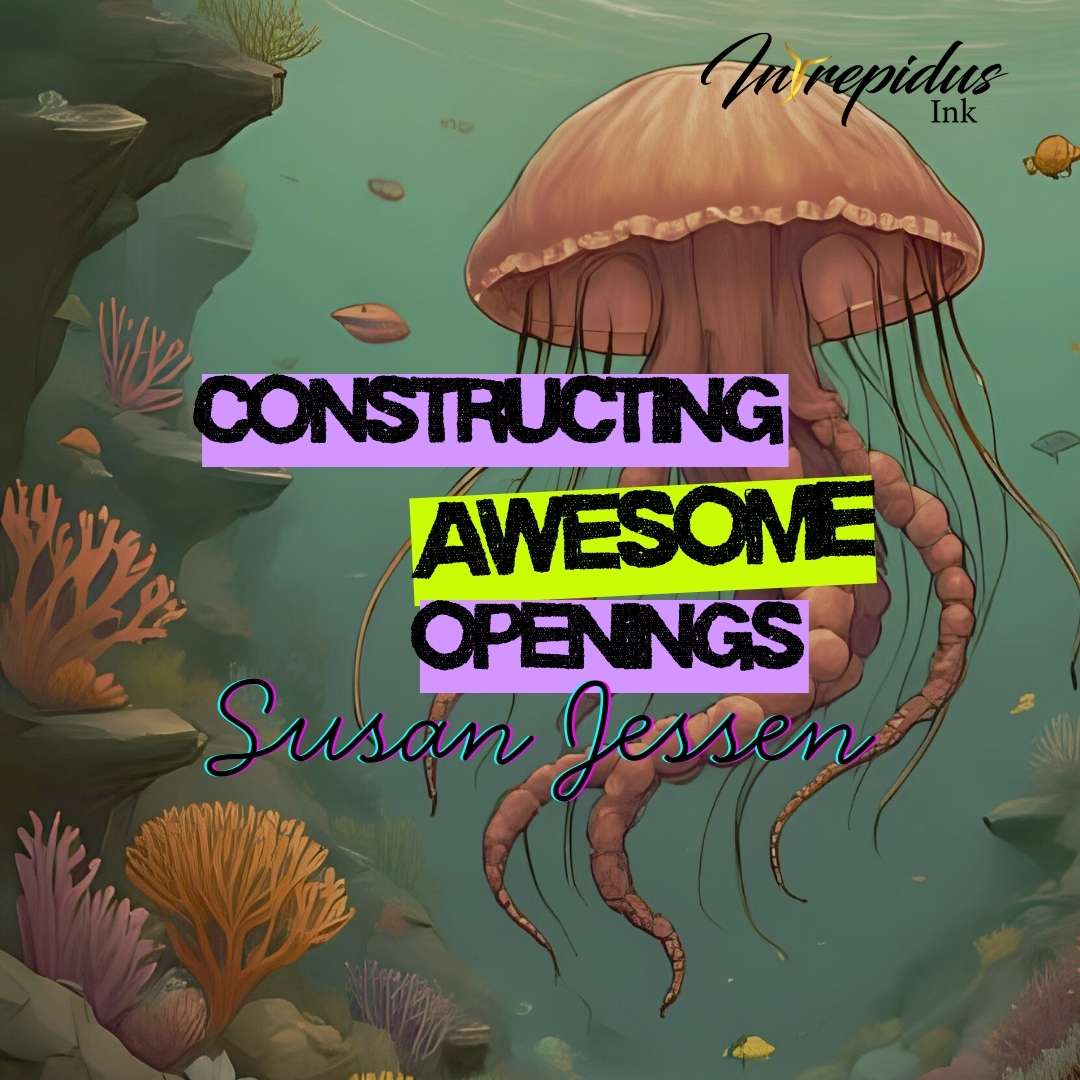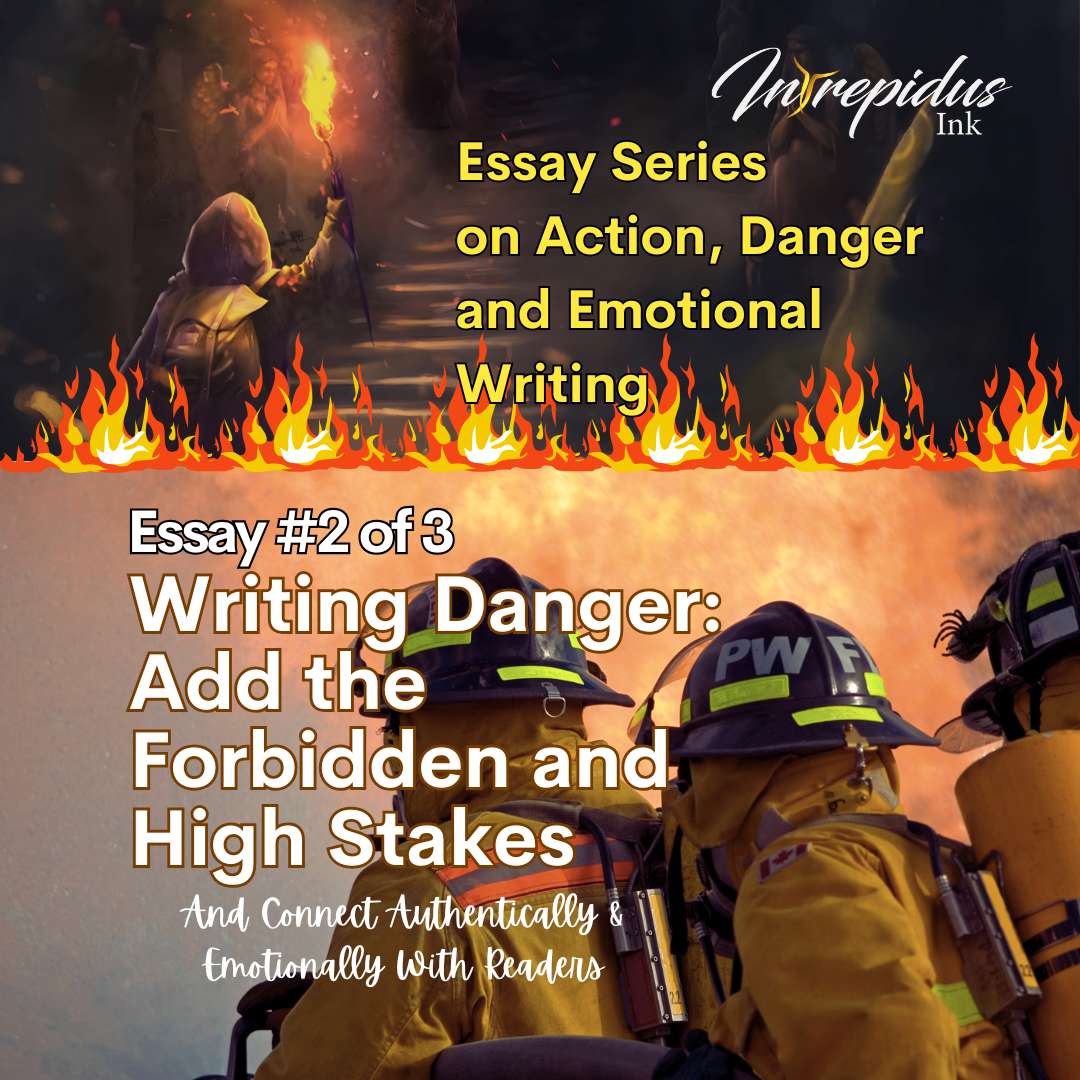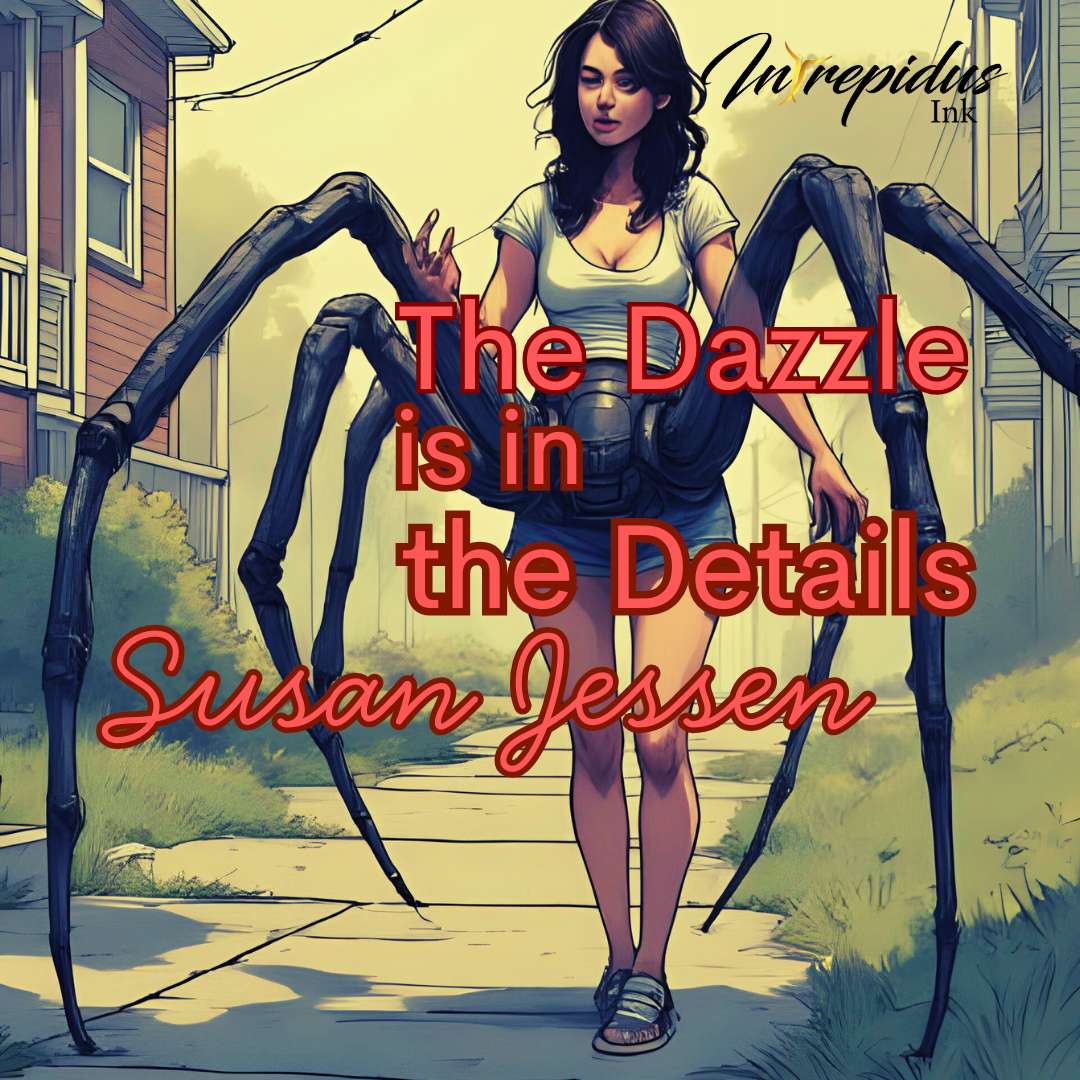
Psychological and physical danger increases a short story’s tension and deepens the reader’s connection to the characters. Simple tactics like setup and stakes can make danger authentic and prime emotional responses in readers.
INSERT THE FORBIDDEN
Danger is psychological (emotional) or physical (environment) and triggers a range of emotions in narrators (and readers), like anger, anxiety, or fear.
The principle of adding the forbidden in your short story’s setup is simple but timeless and is effective for establishing danger. Characters (and readers) want what they can’t have or shouldn’t do. Zary Fekete’s “Her Phone,” published by Intrepidus Ink on March 15, 2023, exemplifies the forbidden in a psychological danger flash fiction.
Fekete’s teen narrator and tutor agrees to help her rival, Amanda, with an assignment. The setup underscores the forbidden when Amanda allows the narrator access to her phone and then excuses herself from the scene: The room was quiet. Somewhere down the hall, cheerleaders practiced. I sat there for a moment. Her phone had gone dead again. I typed the code, and her phone lit up. I hovered my finger over the screen, waiting. Then, before I gave myself a chance to think about it, I tapped her photos app.
The narrator hesitates because she knows snooping is wrong, yet she acts anyway, crossing the line into psychological danger, which carries a fear of discovery.
An example of the forbidden in physical danger is Alexandra Grunberg’s flash fiction “From Top Peak to Waterside,” published by Intrepidus Ink on November 16, 2022. Grunberg’s opening line expertly juxtaposes the physical environment as both cautionary and thrilling: Every kid on the High Lines knew they weren’t supposed to play on the zeppelin tracks, but that was most of the fun for Diarmid and his brothers.
Grunberg’s narrator risks life and limb to achieve his goals and leads his brothers on his adventures: “Why don’t we all do a jump?” Diarmid asked suddenly. Diarmid had already passed them and leapt into the air with a loud whoop while his three brothers followed behind. For her characters, Grunberg’s Do Not Do It (the forbidden setup) is like a dropped flag in a street car race, signaling Go. The characters plunge into their environment’s heart-dropping danger, which carries the ultimate penalty for missteps. Readers read and watch with hearts in their throats.
WHAT HAPPENS IF?
Stakes are what characters can gain or lose when going for goals or what they risk if they don’t get what they want.
Fekete’s stakes are high in “Her Phone”: The teacher from the next room had lapsed into silence. I could hear the sound of the wall clock whirring as the second hand crawled around the dial. I looked back at Amanda’s phone. I reached for mine. I clicked the photo icon, held it above her screen, and pressed record.
If Amanda returns and catches the narrator, she’ll lose the story’s moral high ground. Fekete creates unspoken risks like reputational damage if Amanda gossips about the narrator’s privacy violation. The stakes increase the story’s danger and tension and cause readers to worry.
Grunberg’s stakes are shocking: Enough boys had died in the far drop to keep it thrilling. Diarmid and his brothers jump between the zeppelins as a protest. Yet, his determination builds (gains) courage and standing even as the brothers risk death for freedom: But four thwacks in succession and cheerful hollers of terror and glee told Diarmid they were all okay. They had all landed safely.
IN SUMMARY
Write danger into your story by focusing on the setup and stakes, and you’ll build stories that connect authentically and emotionally with readers.

Author Bio
Rhonda Schlumpberger is the founder and Editor in Chief of Intrepidus Ink, a magazine of intrepid culture. She is a NYC Midnight Contest judge and formerly an Orion’s Belt editor, Flash Fiction Magazine priority editor, Space and Time Magazine reader, and Entangled Publishing Intern. She holds an MA in English and Creative Writing and an MFA in Writing Popular Fiction. Rhonda is a speculative and contemporary fiction author, with stories appearing in Roi Faineant Press, Space and Time Magazine, New Flash Fiction Review, All Worlds Wayfarer, and various anthologies. She is a Long Form Fiction Pick of the Week and a Fall 2024 Writing Battle House Honorable Mention. Her best advice is to drink coffee doctored lavishly with hazelnut creamer. On X, Bluesky & Instagram @intrepidusink.


